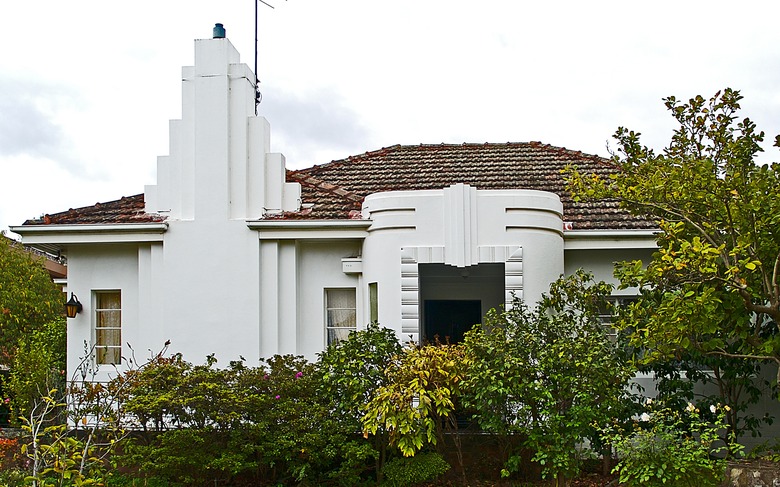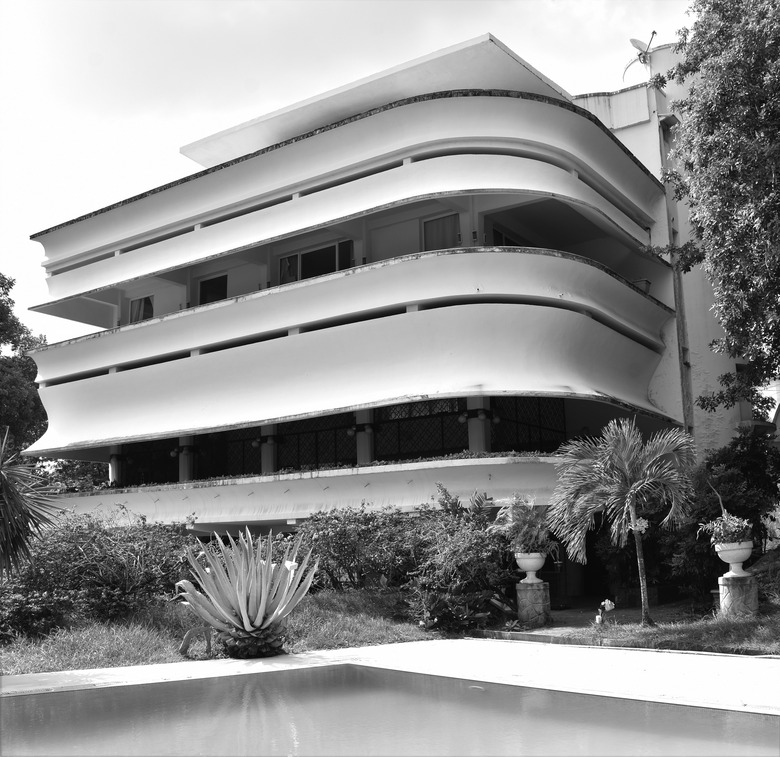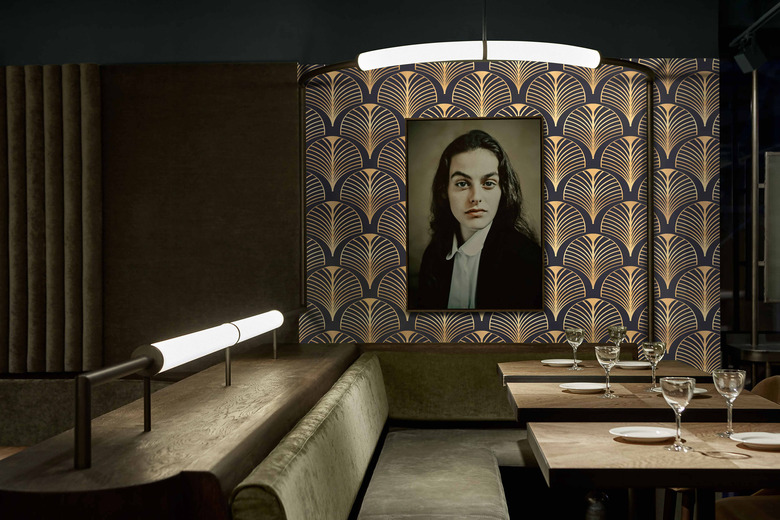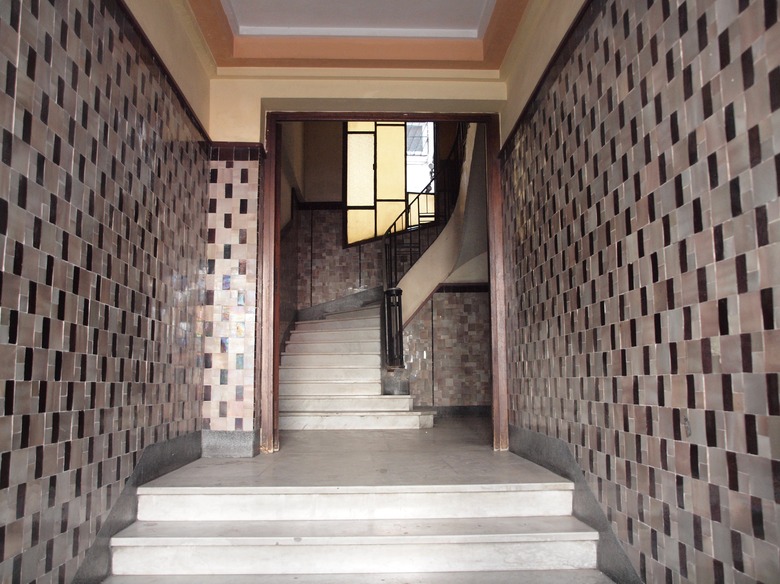Art Deco Vs. Modernism: Two Styles That Are More Different Than You Think
During its heyday in the 1920s, art deco design was as modern as it comes. In an era of merriment and good times, it was only natural that the feel of the day was communicated in the interiors and architecture, rising up in the form of striking, geometrically detailed skyscrapers above the country's ever-growing cities.
But while you might associate it with all things modern, art deco doesn't actually fall under modernism. That's a different style altogether.
What Is Modernism?
What Is Modernism?
After the bubbly, nonstop fun of the 1920s came the reality of the Great Depression. As a result of the limping economy, flashiness was turned down and practicality reigned supreme. It's no surprise that modernism emerged out of this time period.
In the 1932 exhibition at the Museum of Modern Art called "Modern Architecture: International Exhibition," architect and exhibit curator Philip Johnson started to create the foundation for the style. The architectural designs in the exhibition represented a departure from ornamentation and "frivolous" details, and instead embraced functional, analytical architecture made of materials like concrete, steel, and glass. Modernist spaces became known for features like clean lines in the exteriors and open floor plans in their interiors.
Most frequently seen throughout the 1930s through the 1960s, modernist buildings began to dominate skylines. Modernism lead to similar movements, such as the International Style and Brutalist movements.
Figures like Walter Gropius and Le Corbusier (whose influence extends to other groups like Bauhaus and International Style) helped usher in the style's popularity. Although many architects dominated the modernist scene, perhaps none was better-known than Frank Lloyd Wright, who had always been a forerunner in his field. During this time, he designed well-known modernist creations like Wisconsin's Johnson Wax Headquarters and his own home, Taliesin West.
Finnish-American architect Eero Saarinen also gained steam in this period. He is perhaps best-known for designing Washington, D.C.'s Dulles International Airport and St. Louis' Gateway Arch. He also designed iconic midcentury furniture pieces, such as his famous Womb Chair.
The Art Deco Movement
The Art Deco Movement
By contrast, the art deco style focused on luxe, geometric details. Art deco sprang up in Paris in the 1920s, specifically with the 1925 International Exhibition of Modern and Industrial Decorative Arts. Soon, its luxe, geometric details could be viewed in towering buildings around the world, like the Chrysler Building in New York.
When it came to interior, art deco's plush aesthetics could also be found in popular theaters of the day. The movement centered on bespoke accents that nodded to an opulent lifestyle.
But with the Great Depression came the need for straightforwardness and mass production. With that, art deco style began to fade away.
Although more and more of today's homeowners are turning to art deco visuals to dress up their homes, current-day buildings tend to still follow the modernist formula of practicality and function. Modernism's design hallmarks — like smooth, clean lines; neutral color palettes; and uncluttered interiors — also still show up today. No matter which one you prefer, both styles made an impact on the inside and outside of our spaces.



